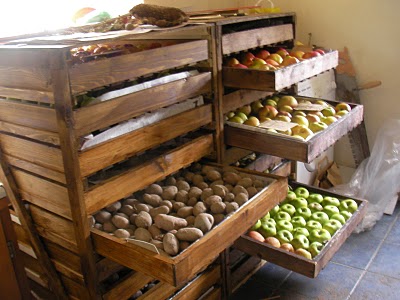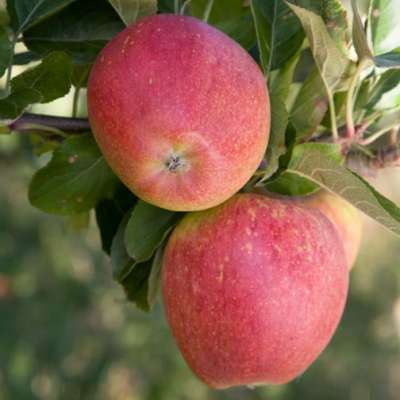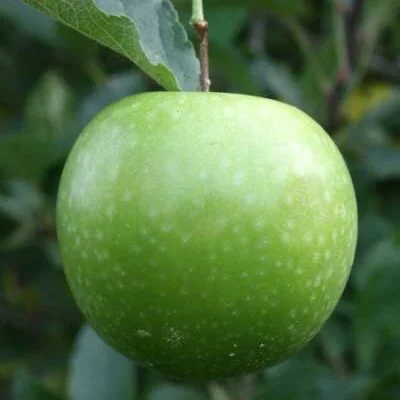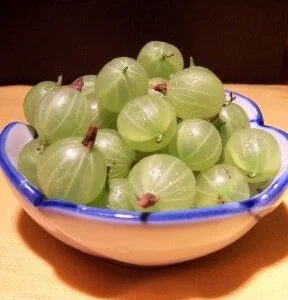Your basket is currently empty!
Choosing the site
Of course it is possible, probable even, that you do not have a choice when it comes to deciding where to plant fruit trees are to be planted. But understanding a few variables, and making the most of what you have got, can help enormously in getting the most from your investment.
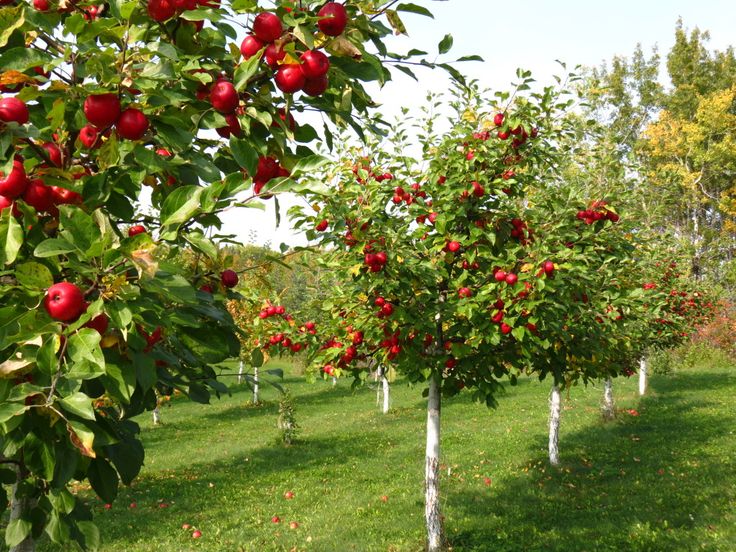
The ‘ideal’ is a southerly facing aspect with a good loamy soil, protected from strong winds and late frosts. Alas not many of us have that! There isn’t much you can do to alter the aspect or prevailing weather patterns, but judicious variety choice can overcome colder or less promising conditions. If the site is windy and exposed you can plant a windbreak hedge or in larger areas, a shelterbelt of trees such as willow or alder. Either is an ideal solution, filtering the wind and making conditions within much more promising.
Soil extremes, be it in water retention or ph – can be altered when planting.
Clay soils should be improved by double digging making sure to break up the hard ‘pan’ that usually forms a few inches down. Add organic matter or coarse grit. If you can prepare the soil in early Auutmn and leave it for winter frosts to do it’s work before planting then this is an advantage.
Chalky and light soils
The ph can be redressed by adding lots of plain peat and organic rich matter and manure. These have the benefits of reducing the soil’s alkalinity, but they also help improve the structure of the soil too.
Peaty acidic soils
Are usually fairly good to work with, a top dressing annually of lime easily counteracts any imbalance although most fruit trees do ok on ericaceous soils.
Waterlogged soils or soils that may be prone to waterlogging, are much less easy to deal with and may be regarded as fundamentally unsuited to fruit tree growing as they are. One [expensive] option is to install drains beneath the soil but this is hardly practical unless the planting is an extensive or commercially importat one. More practical for smaller endeavours is to plant the trees on raised mounds of good earth, or to build a simple raised bed of around 24” leaving the soil beneath uncovered to give greater depth of soil for the roots to go down into.
These suggestions are appropriate to larger or independently sited area’s but they can also be tailored to a smaller garden setting. And once again, even in a small garden setting, try to observe micro climate conditions and sunlight length for a while before deciding where to plant.
What to plant
Now comes the exciting part! You can start trawling the catalogues and fruit tree websites salivating over all that you could plant. It is probable that you do not have the space or resources to grow everything you desire so to help in your choice, observing some practicalities such as the tips on growing conditions above, will help inform your decisions. There are also many other factors inolved in making the right choices.
What sort of fruits do you prefer? In the case of apples, or other fruits where there is great variation and variety, try narrowing down your preferences still further by type – sweet, sharp, russet etc. Good fruit tree websites will have a filter section where you can home in on specifics like this.
Do you have an interest in older/heritage varieties or would you rather plant the best modern varieties that may have better disease resistance, or be more reliable? Deciding on priorities such as this will help you in your choice.
Which type of fruit do you use most of and will you realistically have a use for them in years of glut? Remember the preferences too of family as you may not be eating them all yourself.
How will you be using the spoils of your endeavours? Do you have a home wine maker in the family, are you an ardent cook, baker or jam maker? Do you have a freezer with spare space? Or do you prefer simply to eat them all fresh?
Taking into account suitability for your area is also important. If you live in the North, or in a frost pocket it does not make practical sense to devote 70% of your planting to sweet cherries or peaches for example, that will not crop reliably there. And space too will play a part, as you may be forced to plant only those trees that can be bought on dwarfing rootstocks, or those that are suited to intensive growing methods.
Remember too to consider the greenhouse or conservatory as a valuable additional environment for growing less hardy fruits.
Disease resistance is an important consideration and may play a role if you live in the south or a warmer more humid environment. This is because diseases are more rife under such circumstances so try to avoid known bug hotels such as Cox’s Orange Pippin and go for more resistant varieties. It may seem a contradiction at first, but varieties prone to catching diseases are actually better suited to the North and or drier localities.
Timing too can be a critical consideration, if you are often away for example in the second half of August it is wise to avoid varieties that may produce the bulk of their crop at a time when you’re not around to enjoy it. On a similar note, if possible try to split your planting into varieties that crop over the widest season possible so, for apples, choose both early, mid-late and storing varieties, so that you have fruit available for the longest possible period.
